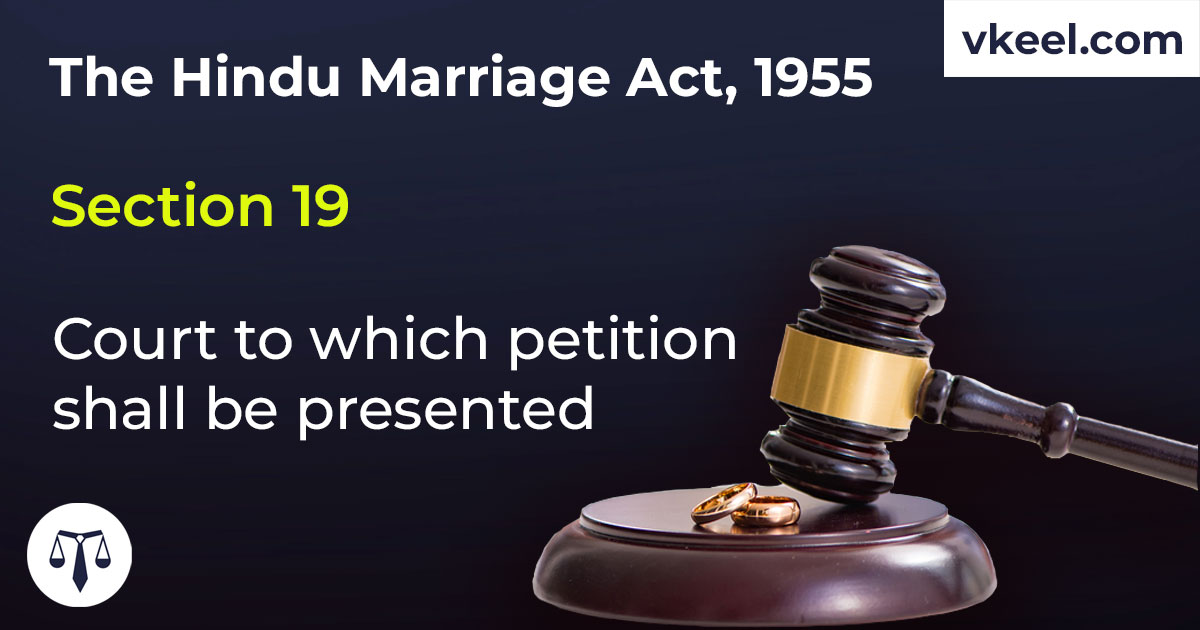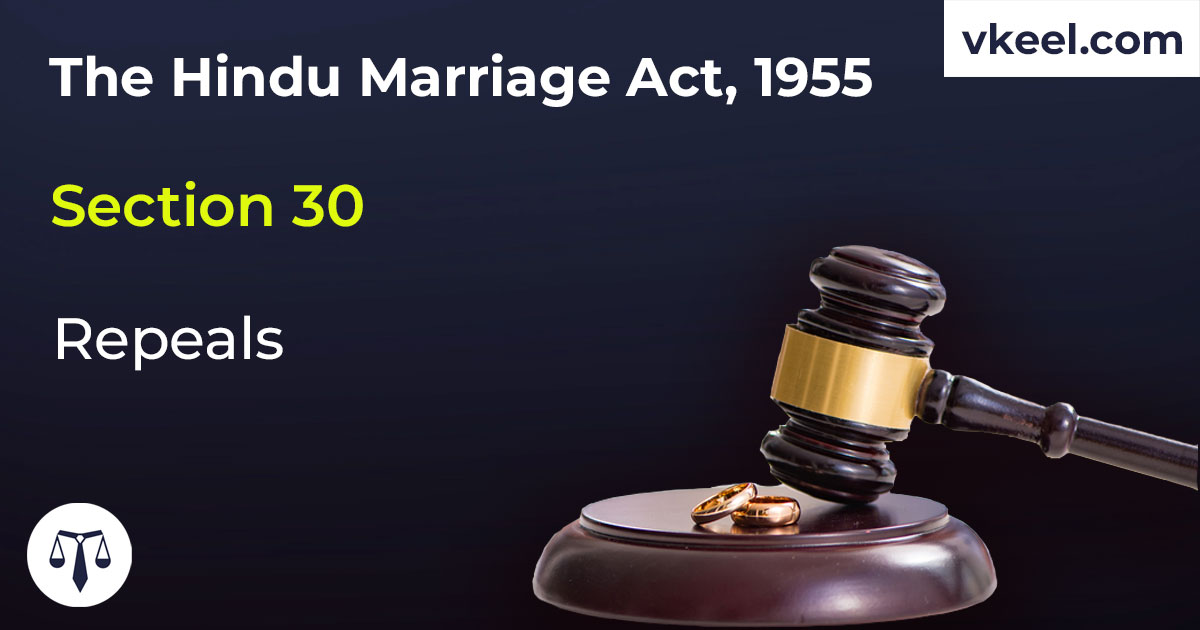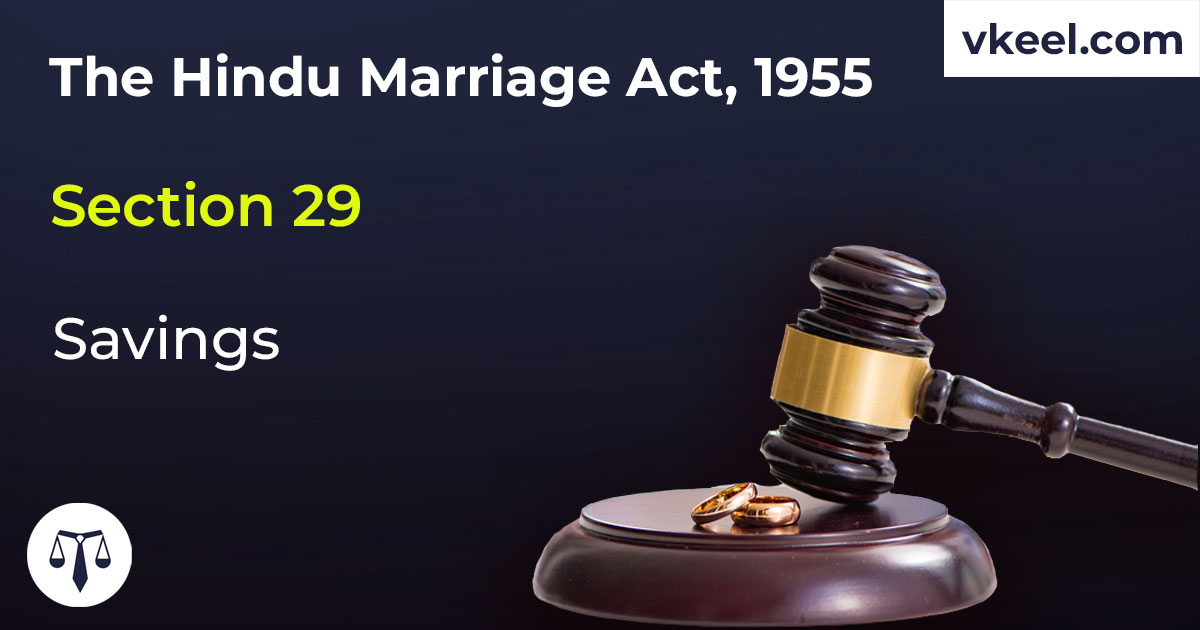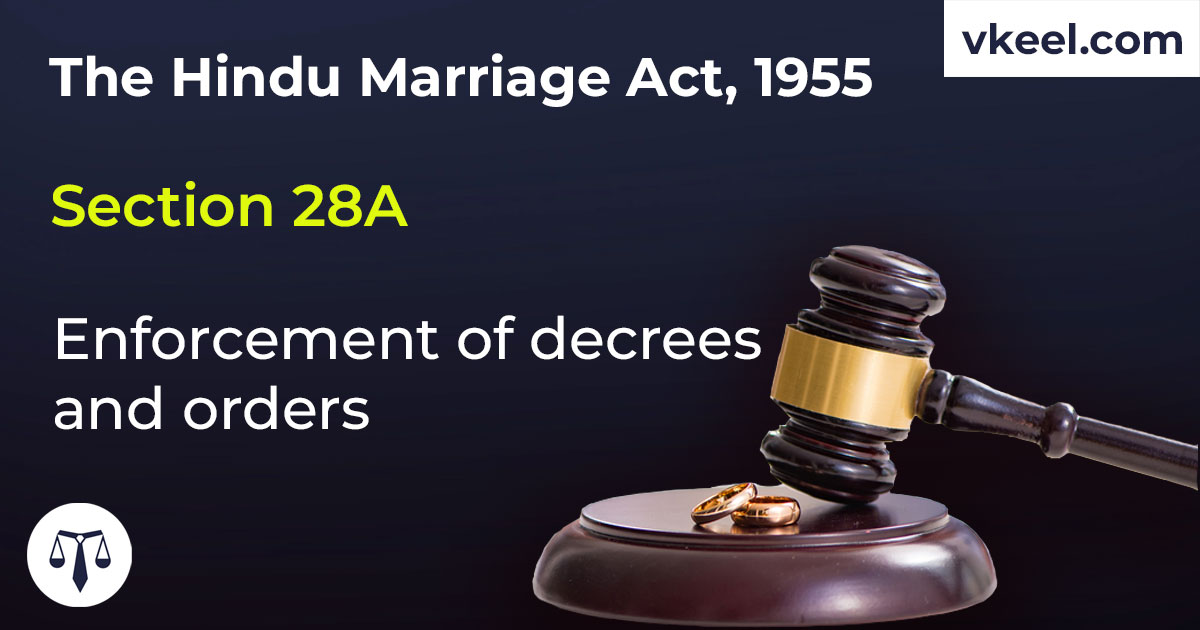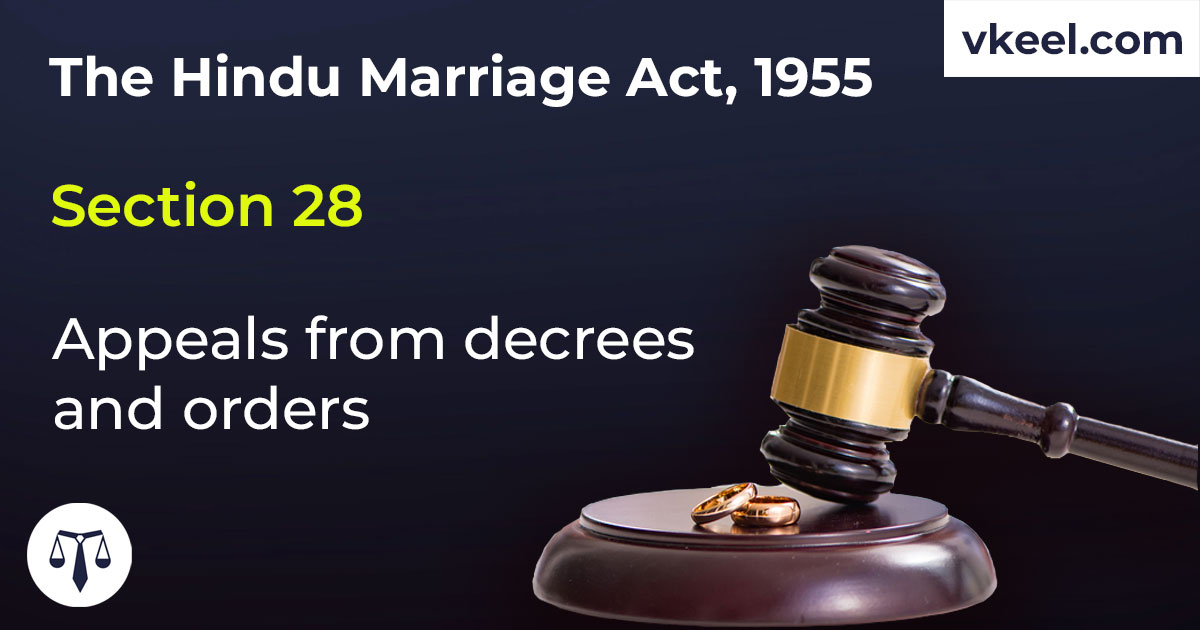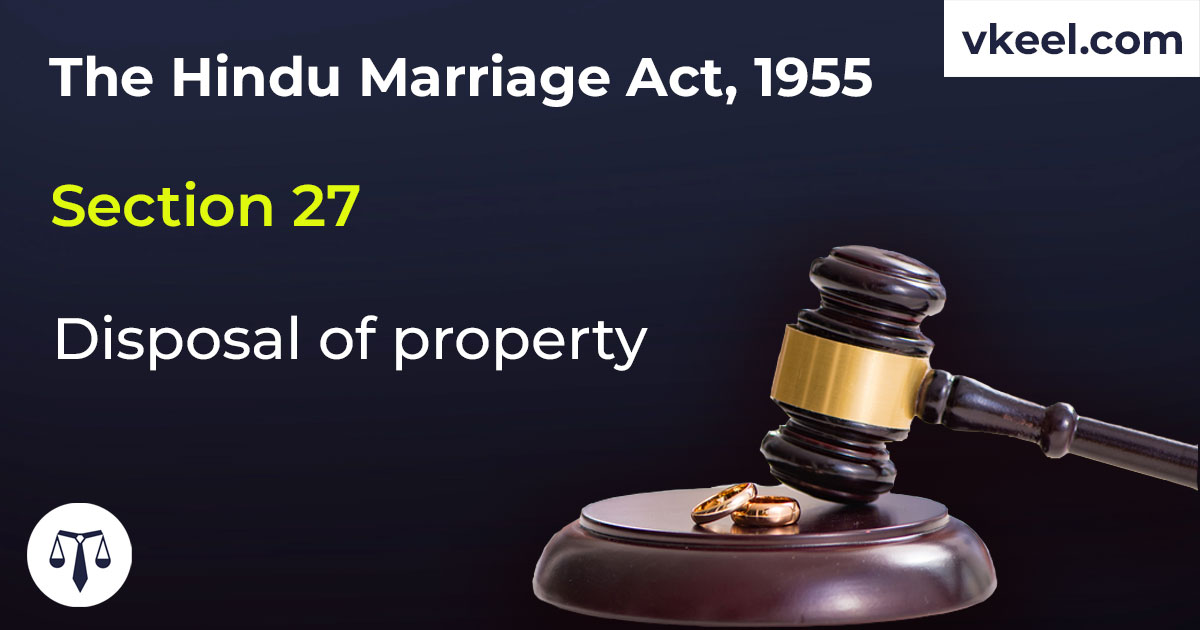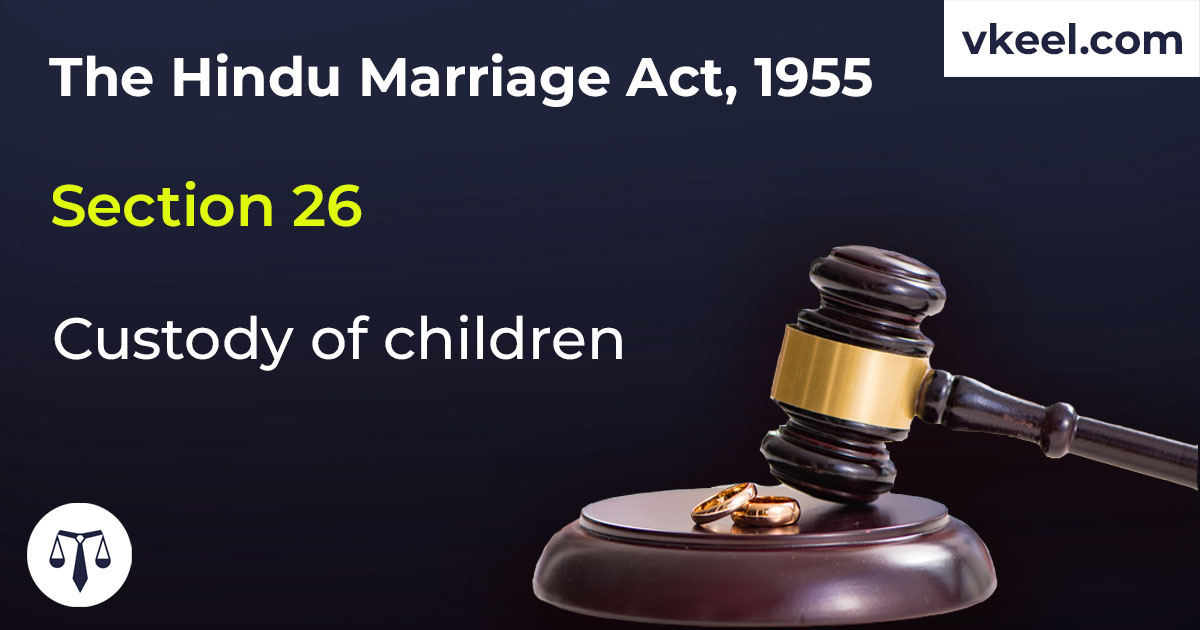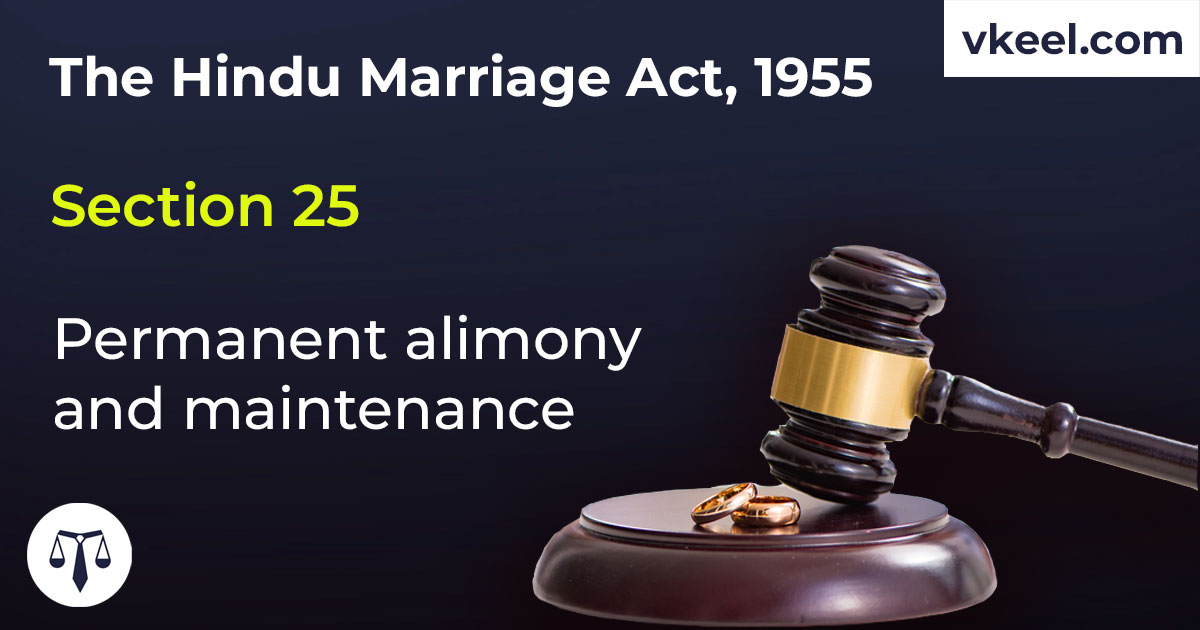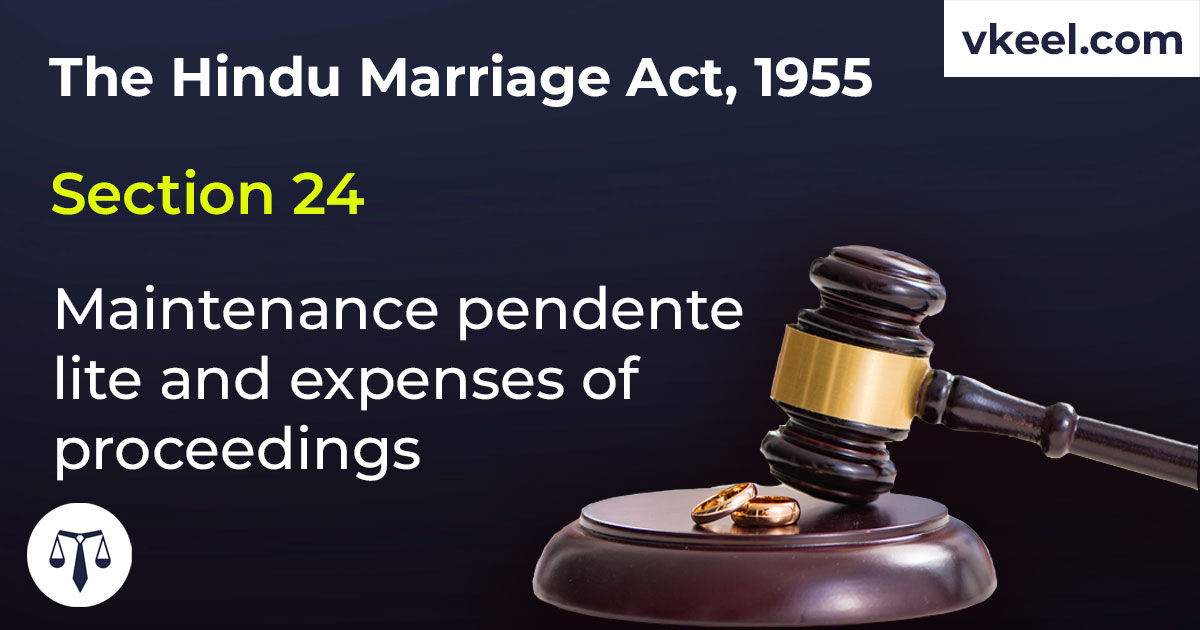Section 19 Hindu Marriage Act 1955 – Court to which petition shall be presented
By Vkeel Team
Description
“Section 19 Hindu Marriage Act 1955”
1[19. Court to which petition shall be presented.—Every petition under this Act shall be presented to the District Court within the local limits of whose ordinary original civil jurisdiction:
(i) the marriage was solemnized, or
(ii) the respondent, at the time of the presentation of the petition, resides, or
(iii) the parties to the marriage last resided together, or
2[(iiia) in case the wife is the petitioner, where she is residing on the date of presentation of the petition; or]
(iv) the petitioner is residing at the time of the presentation of the petition, in a case where the respondent is at that time, residing outside the territories to which this Act extends, or has not been heard of as being alive for a period of seven years or more by those persons who would naturally have heard of him if he were alive.]
Impact and Legal Implications of the Section 19 Hindu Marriage Act 1955
Section 19 Hindu Marriage Act 1955 has had a significant impact on Indian society. According to this section, a petition for any relief under the Act shall be presented to the District Court within the local limits of whose jurisdiction:
1. The marriage was solemnized, or
2. The respondent at the time of the presentation of the petition resides, or
3. The parties to the marriage last resided together, or
4. The petitioner is residing at the time of the presentation of the petition.
Firstly, the provision of Section 19 Hindu Marriage Act 1955 has enabled the speedy resolution of marriage disputes. By providing a specific court to which the petition should be presented, the Act has ensured that the petition is heard and decided upon in a timely manner. This has been beneficial for both parties involved in the dispute, as it has enabled them to move on with their lives in a timely manner.
Secondly, the provision of Section 19 Hindu Marriage Act 1955 has also enabled the parties involved in the dispute to access justice in a more equitable manner. By providing a specific court to which the petition should be presented, the Act has ensured that the parties involved in the dispute have access to the same court, regardless of their social or economic status. This has been beneficial for both parties involved in the dispute, as it has enabled them to access justice in a more equitable manner.
Thirdly, the provision of Section 19 has also enabled the parties involved in the dispute to access justice in a more cost-effective manner. By providing a specific court to which the petition should be presented, the Act has ensured that the parties involved in the dispute do not have to incur additional costs in order to access justice. This has been beneficial for both parties involved in the dispute, as it has enabled them to access justice in a more cost-effective manner.
In conclusion, Section 19 Hindu Marriage Act 1955 outlines the court to which a petition shall be presented. This section has important legal implications as it ensures that the court has jurisdiction over the parties to the marriage and is within the local limits of their jurisdiction.
1. Subs. by Act 68 of 1976, s. 12, for s. 19 (w.e.f. 27-5-1976).
2. Ins. by Act 50 of 2003, s. 4 (w.e.f. 23-12-2003).
Description Source: indiacode
Disclaimer:
The information provided in the article is for general informational purposes only, and is not intended to constitute legal advice or to be relied upon as a substitute for legal advice. Furthermore, any information contained in the article is not guaranteed to be current, complete or accurate. If you require legal advice or representation, you should contact an attorney or law firm directly. We are not responsible for any damages resulting from any reliance on the content of this website.

